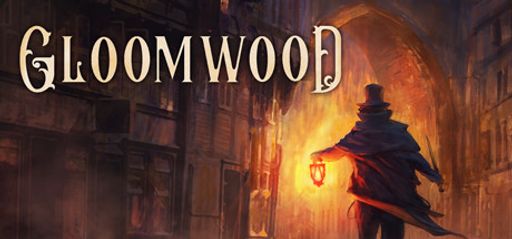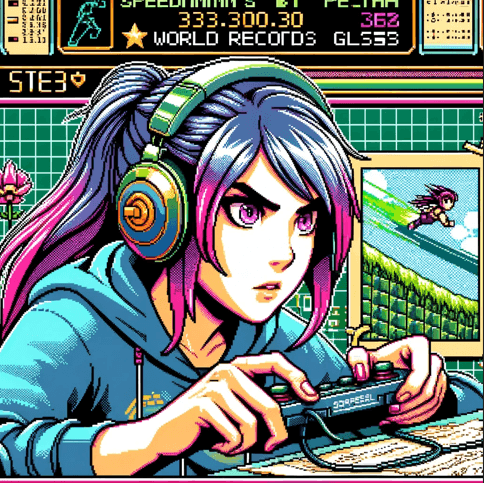 Hey everyone, let’s dive in. To begin with, Gloomwood, developed by Dillon Rogers and published by New Blood Interactive, is a thrilling stealth horror FPS. Moreover, I love how the game challenges speedrunners like me with its intricate level design and hidden shortcuts. In addition, one review noted its excellent atmosphere and resource management, and that really speaks to the epic potential of this title. While I do notice a few pesky bugs, they hardly detract from the adrenaline rush.
Hey everyone, let’s dive in. To begin with, Gloomwood, developed by Dillon Rogers and published by New Blood Interactive, is a thrilling stealth horror FPS. Moreover, I love how the game challenges speedrunners like me with its intricate level design and hidden shortcuts. In addition, one review noted its excellent atmosphere and resource management, and that really speaks to the epic potential of this title. While I do notice a few pesky bugs, they hardly detract from the adrenaline rush.
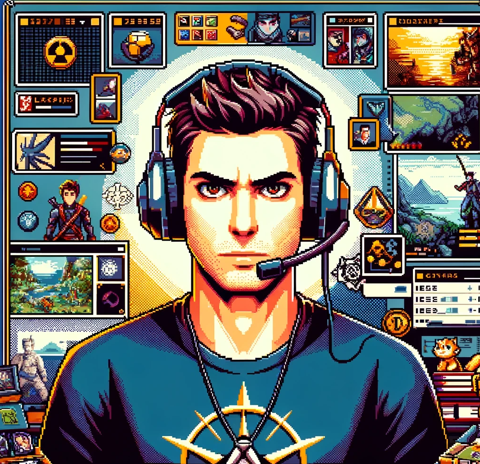 I agree, SpeedyGamer99. Indeed, Gloomwood truly satisfies those who love to explore every nook and cranny. Specifically, its detailed side quests, secret collectibles, and environmental puzzles remind me of classic immersive sims. Furthermore, New Blood Interactive has crafted a city full of secrets, from foggy alleys to hidden upper floors. I especially appreciate how every door crack and mumbled hint adds depth. Although minor bugs pop up sometimes, they only prompt us to report and celebrate future updates.
I agree, SpeedyGamer99. Indeed, Gloomwood truly satisfies those who love to explore every nook and cranny. Specifically, its detailed side quests, secret collectibles, and environmental puzzles remind me of classic immersive sims. Furthermore, New Blood Interactive has crafted a city full of secrets, from foggy alleys to hidden upper floors. I especially appreciate how every door crack and mumbled hint adds depth. Although minor bugs pop up sometimes, they only prompt us to report and celebrate future updates.
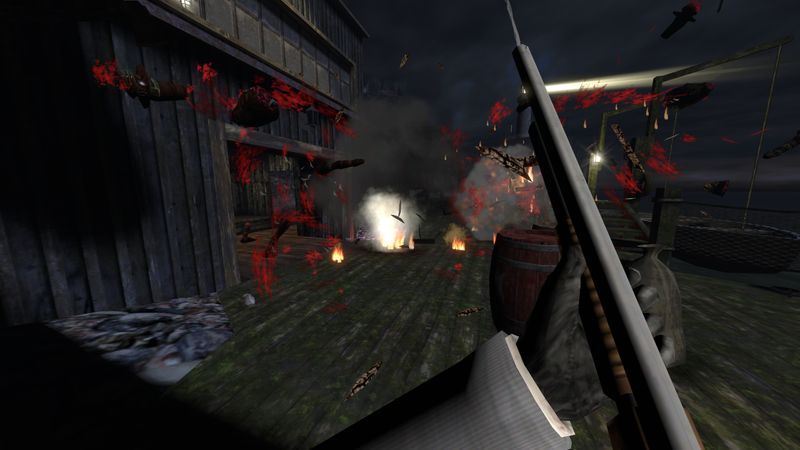
 Absolutely, both of you have a point. In particular, I love how the gameplay mechanics mirror classic stealth titles like Thief and Dishonored. The controls are crisp, and every swing of the canesword or click of the revolver counts. Additionally, the interactive environment lets us lean, climb, and even eavesdrop. Meanwhile, when tackling enemies like the fearsome Corpse Duster or stalking the silent Crowmen, the game pushes you to use your wits. Ultimately, it’s a modern twist on nostalgia that appeals to both veterans and newcomers.
Absolutely, both of you have a point. In particular, I love how the gameplay mechanics mirror classic stealth titles like Thief and Dishonored. The controls are crisp, and every swing of the canesword or click of the revolver counts. Additionally, the interactive environment lets us lean, climb, and even eavesdrop. Meanwhile, when tackling enemies like the fearsome Corpse Duster or stalking the silent Crowmen, the game pushes you to use your wits. Ultimately, it’s a modern twist on nostalgia that appeals to both veterans and newcomers.
 And from a competitive standpoint, the combat mechanics are robust and elegant. I love the precision in character movement and item usage. Every weapon—from the folding shotgun to the rope-slinging harpoon rifle—demands strategy and quick reflexes. The health and ammo management systems are finely tuned. While exploring dark tunnels full of ghastly denizens, each encounter forces you to think and act fast. Even the pacing in combat segments reflects the delicate balance between stealth tactics and aggressive strikes.
And from a competitive standpoint, the combat mechanics are robust and elegant. I love the precision in character movement and item usage. Every weapon—from the folding shotgun to the rope-slinging harpoon rifle—demands strategy and quick reflexes. The health and ammo management systems are finely tuned. While exploring dark tunnels full of ghastly denizens, each encounter forces you to think and act fast. Even the pacing in combat segments reflects the delicate balance between stealth tactics and aggressive strikes.
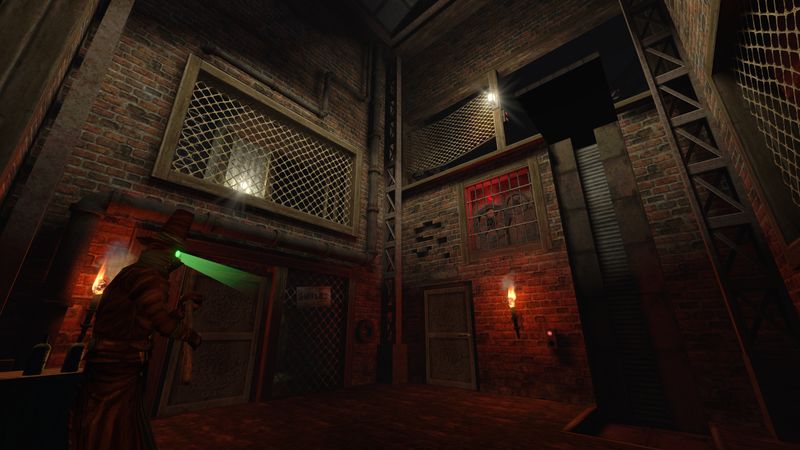
 Let’s talk story and narrative. The game hooks you right from the abduction moment. The mysterious, cursed Victorian city spills secrets with every step. Dillon Rogers designed the lore to be immersive and rich. The pacing is tight, with a mix of sudden plot twists and eerie calm. The game’s dialogue and environmental storytelling invite us to question the curse, the characters, and what lies beyond. This approach feels both personal and epic.
Let’s talk story and narrative. The game hooks you right from the abduction moment. The mysterious, cursed Victorian city spills secrets with every step. Dillon Rogers designed the lore to be immersive and rich. The pacing is tight, with a mix of sudden plot twists and eerie calm. The game’s dialogue and environmental storytelling invite us to question the curse, the characters, and what lies beyond. This approach feels both personal and epic.
 The narrative is a treasure trove of hidden details. Every collectible or overheard conversation enriches the story. I love how the game unveils bits of lore through environmental storytelling. The developers sprinkle hints of past tragedies and supernatural quandaries throughout twisted streets and decadent mansions. It invites players to connect dots and build a larger picture. Studying every note and artifact makes the slow-burn mystery even more engaging.
The narrative is a treasure trove of hidden details. Every collectible or overheard conversation enriches the story. I love how the game unveils bits of lore through environmental storytelling. The developers sprinkle hints of past tragedies and supernatural quandaries throughout twisted streets and decadent mansions. It invites players to connect dots and build a larger picture. Studying every note and artifact makes the slow-burn mystery even more engaging.
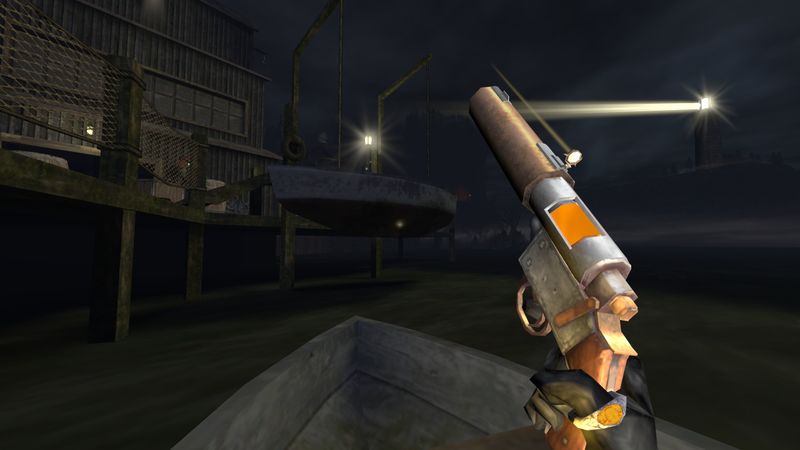
 Visuals and graphics deserve a nod too. The gothic art direction feels inspired by late ’90s immersive sims and survival horrors. The dark Victorian architecture, muted color palette, and elaborate animations set an eerie, immersive tone. The engine pushes realistic lighting and shadow play into the forefront, making every stealth maneuver feel intentional. The design perfectly complements the game’s atmosphere.
Visuals and graphics deserve a nod too. The gothic art direction feels inspired by late ’90s immersive sims and survival horrors. The dark Victorian architecture, muted color palette, and elaborate animations set an eerie, immersive tone. The engine pushes realistic lighting and shadow play into the forefront, making every stealth maneuver feel intentional. The design perfectly complements the game’s atmosphere.
 And the audio design is equally impressive. The soundtrack uses haunting symphonic pieces that build tension in every stealth sequence. Sound effects, from the eerie creaks of an old mansion to the echoes of distant footsteps, bolster gameplay immersion. Voices add personality to the few intense dialogues, even if they remain subtle. Every audio cue feels like a vital part of the game’s mechanics, urging players to be constantly alert.
And the audio design is equally impressive. The soundtrack uses haunting symphonic pieces that build tension in every stealth sequence. Sound effects, from the eerie creaks of an old mansion to the echoes of distant footsteps, bolster gameplay immersion. Voices add personality to the few intense dialogues, even if they remain subtle. Every audio cue feels like a vital part of the game’s mechanics, urging players to be constantly alert.
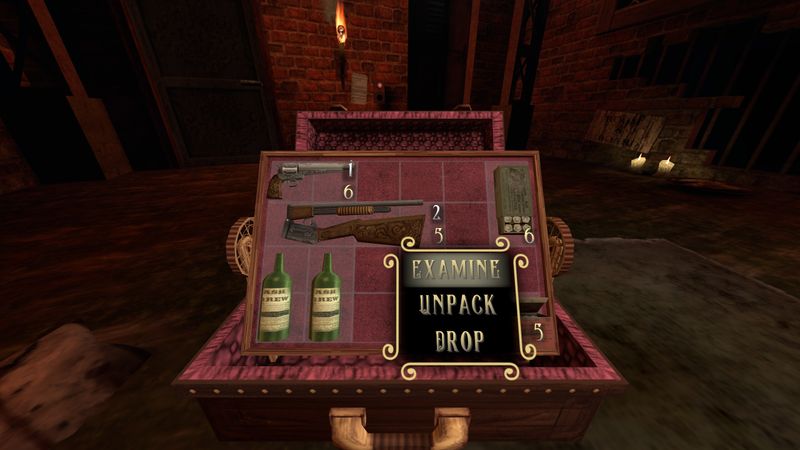
 Let’s cover the challenge level. The game offers a solid mix of combat, puzzles, and exploration. Encountering enemies like the Corpse Duster makes each battle a strategic puzzle. Players can choose between a stealthy approach or full combat engagement. Many reviews mention smooth progression, with the difficulty spiking just enough to keep you engaged. The balance is ideal for both casual adventurers and hardcore fighters.
Let’s cover the challenge level. The game offers a solid mix of combat, puzzles, and exploration. Encountering enemies like the Corpse Duster makes each battle a strategic puzzle. Players can choose between a stealthy approach or full combat engagement. Many reviews mention smooth progression, with the difficulty spiking just enough to keep you engaged. The balance is ideal for both casual adventurers and hardcore fighters.
 I appreciate the high replay value, too. The freeform exploration allows different playstyles with varied outcomes. Branching storylines and unlockable achievements encourage multiple playthroughs. With so many secrets to uncover and hidden routes to explore, you can revisit the game with fresh goals. It reminds me of immersive classics where every session feels like a new journey.
I appreciate the high replay value, too. The freeform exploration allows different playstyles with varied outcomes. Branching storylines and unlockable achievements encourage multiple playthroughs. With so many secrets to uncover and hidden routes to explore, you can revisit the game with fresh goals. It reminds me of immersive classics where every session feels like a new journey.
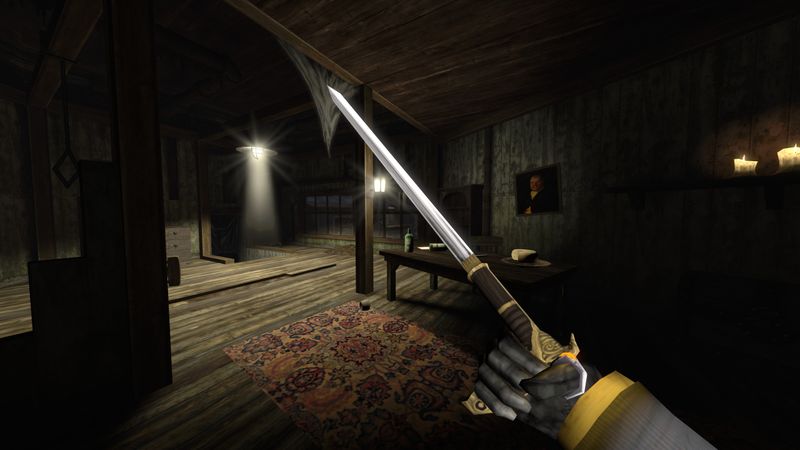
 I concur. Gloomwood rewards curiosity and determination. Its replay value shines when you compare it with its predecessors. The perks lie in alternate routes, hidden collectibles, and combat strategy options. Every element from the detailed sound system to environmental interactions invites another run. It feels like a game that grows richer with each exploration.
I concur. Gloomwood rewards curiosity and determination. Its replay value shines when you compare it with its predecessors. The perks lie in alternate routes, hidden collectibles, and combat strategy options. Every element from the detailed sound system to environmental interactions invites another run. It feels like a game that grows richer with each exploration.
 Final thoughts? Gloomwood stands out with unique gameplay, deep lore, and immersive mechanics. Its blend of stealth, innovative weaponry, and atmospheric tension offers something special to every player. From intricate controls to the artfully dappled visuals, the game truly honors immersive sims and survival horrors alike.
Final thoughts? Gloomwood stands out with unique gameplay, deep lore, and immersive mechanics. Its blend of stealth, innovative weaponry, and atmospheric tension offers something special to every player. From intricate controls to the artfully dappled visuals, the game truly honors immersive sims and survival horrors alike.
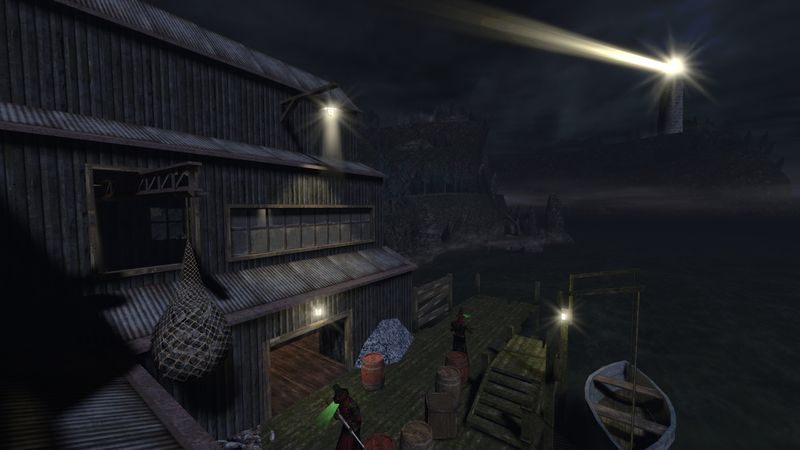
 For players who appreciate speedruns and swift decision-making, this game is a must-try. I’d recommend checking out other gems like Dishonored—a tale of stealth and supernatural intrigue. Thief (1998) remains a classic that set the groundwork for modern stealth games. Try Amnesia: The Dark Descent for an intense horror survival experience. And for challenge-focused gameplay, consider STALKER: Shadow of Chernobyl. Each of these titles will enrich your gaming library while complementing the experience Gloomwood offers.
For players who appreciate speedruns and swift decision-making, this game is a must-try. I’d recommend checking out other gems like Dishonored—a tale of stealth and supernatural intrigue. Thief (1998) remains a classic that set the groundwork for modern stealth games. Try Amnesia: The Dark Descent for an intense horror survival experience. And for challenge-focused gameplay, consider STALKER: Shadow of Chernobyl. Each of these titles will enrich your gaming library while complementing the experience Gloomwood offers.

